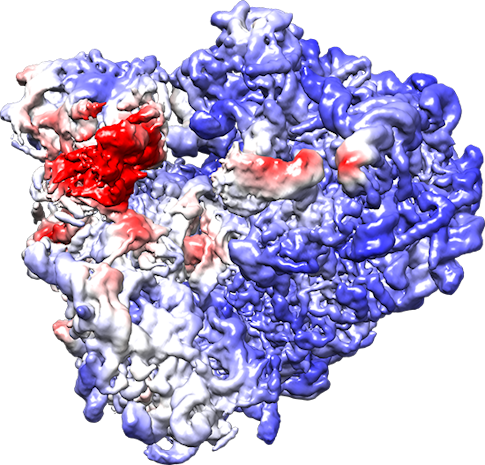Developing the Common Language of Computational Science

The universe has an inherent elegance illuminated by mathematics. A single class of equations can help describe how planets spin around a star, how blood cells flow through a vein, and how electrons travel along a wire.
In October 2018, the Flatiron Institute established its fourth research center to further the computational tools that play a crucial role in modern science and engineering and strengthen their mathematical foundations. The Center for Computational Mathematics (CCM) collaborates with the institute’s centers for astrophysics, biology and quantum physics and conducts its own research on problems faced by the scientific community at large.
“Like the other centers, CCM will be a place that builds software tools for the greater academic community,” says CCM director Leslie Greengard, who previously directed the Center for Computational Biology (CCB). “The difference is that the other centers typically have a particular application in mind, but the nice thing about mathematics is that often the solutions you develop apply to multiple fields.”


